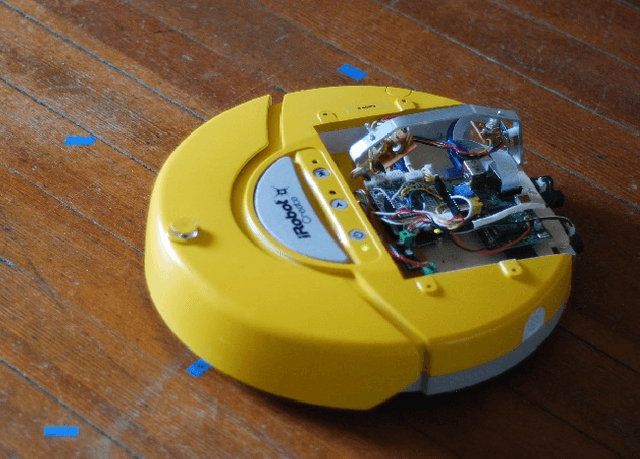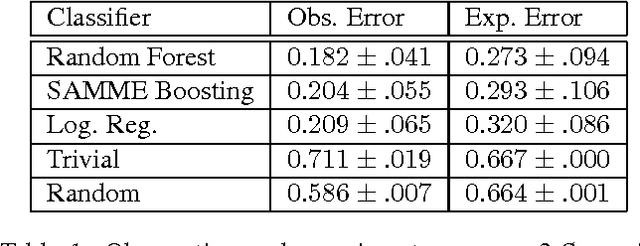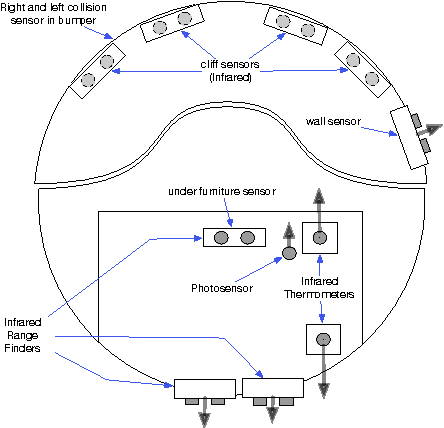Ian Wood
ConvoCache: Smart Re-Use of Chatbot Responses
Jun 26, 2024



Abstract:We present ConvoCache, a conversational caching system that solves the problem of slow and expensive generative AI models in spoken chatbots. ConvoCache finds a semantically similar prompt in the past and reuses the response. In this paper we evaluate ConvoCache on the DailyDialog dataset. We find that ConvoCache can apply a UniEval coherence threshold of 90% and respond to 89% of prompts using the cache with an average latency of 214ms, replacing LLM and voice synthesis that can take over 1s. To further reduce latency we test prefetching and find limited usefulness. Prefetching with 80% of a request leads to a 63% hit rate, and a drop in overall coherence. ConvoCache can be used with any chatbot to reduce costs by reducing usage of generative AI by up to 89%.
Those Aren't Your Memories, They're Somebody Else's: Seeding Misinformation in Chat Bot Memories
Apr 06, 2023



Abstract:One of the new developments in chit-chat bots is a long-term memory mechanism that remembers information from past conversations for increasing engagement and consistency of responses. The bot is designed to extract knowledge of personal nature from their conversation partner, e.g., stating preference for a particular color. In this paper, we show that this memory mechanism can result in unintended behavior. In particular, we found that one can combine a personal statement with an informative statement that would lead the bot to remember the informative statement alongside personal knowledge in its long term memory. This means that the bot can be tricked into remembering misinformation which it would regurgitate as statements of fact when recalling information relevant to the topic of conversation. We demonstrate this vulnerability on the BlenderBot 2 framework implemented on the ParlAI platform and provide examples on the more recent and significantly larger BlenderBot 3 model. We generate 150 examples of misinformation, of which 114 (76%) were remembered by BlenderBot 2 when combined with a personal statement. We further assessed the risk of this misinformation being recalled after intervening innocuous conversation and in response to multiple questions relevant to the injected memory. Our evaluation was performed on both the memory-only and the combination of memory and internet search modes of BlenderBot 2. From the combinations of these variables, we generated 12,890 conversations and analyzed recalled misinformation in the responses. We found that when the chat bot is questioned on the misinformation topic, it was 328% more likely to respond with the misinformation as fact when the misinformation was in the long-term memory.
Designing a minimalist socially aware robotic agent for the home
Jun 26, 2014



Abstract:We present a minimalist social robot that relies on long timeseries of low resolution data such as mechanical vibration, temperature, lighting, sounds and collisions. Our goal is to develop an experimental system for growing socially situated robotic agents whose behavioral repertoire is subsumed by the social order of the space. To get there we are designing robots that use their simple sensors and motion feedback routines to recognize different classes of human activity and then associate to each class a range of appropriate behaviors. We use the Katie Family of robots, built on the iRobot Create platform, an Arduino Uno, and a Raspberry Pi. We describe its sensor abilities and exploratory tests that allow us to develop hypotheses about what objects (sensor data) correspond to something known and observable by a human subject. We use machine learning methods to classify three social scenarios from over a hundred experiments, demonstrating that it is possible to detect social situations with high accuracy, using the low-resolution sensors from our minimalist robot.
 Add to Chrome
Add to Chrome Add to Firefox
Add to Firefox Add to Edge
Add to Edge